13 Foods About to Get Way More Expensive Because of Tariffs
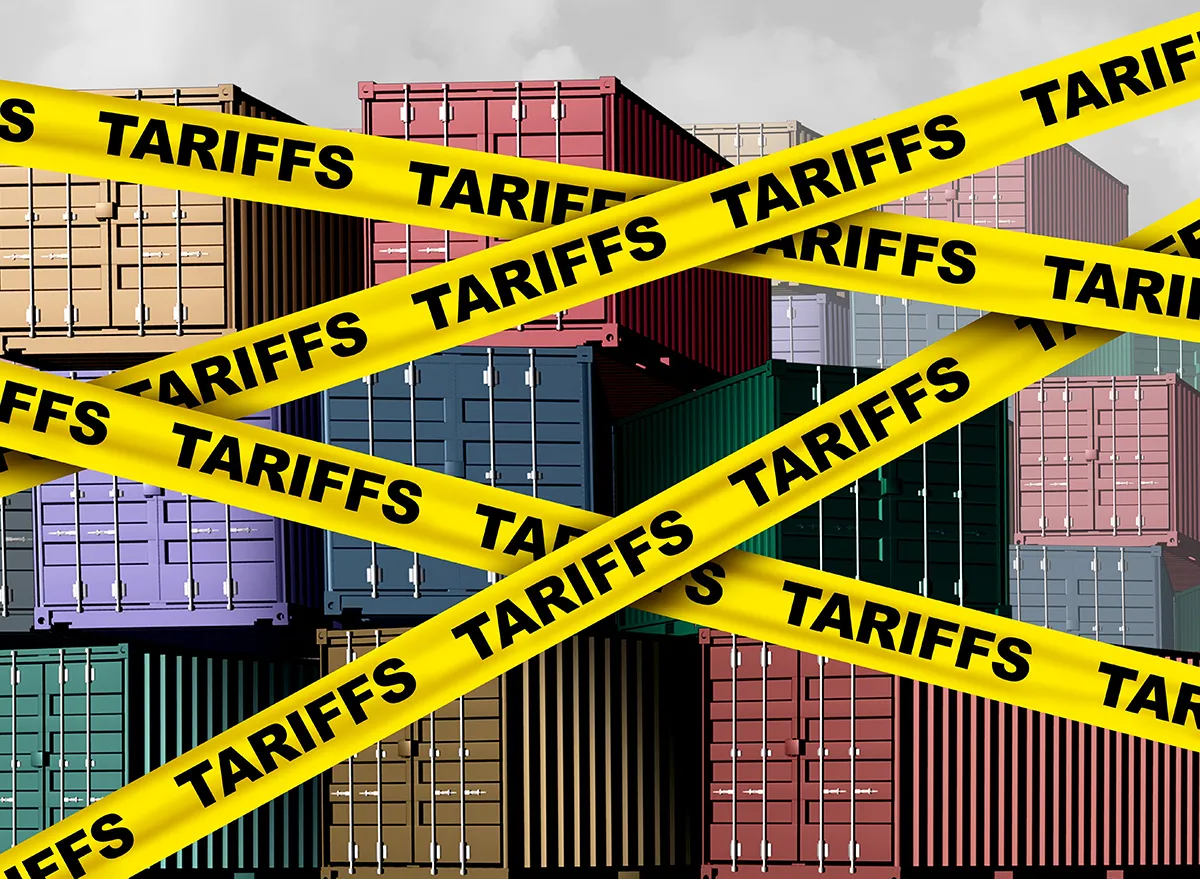
The escalating trade war between the U.S. and China may impact a large number of items including medications, specific grocery items, and much more. While there is a "pause" on steep tariffs for most other countries including those in Europe, South America, the U.K., even the baseline 10% tax could impact food prices, not to mention the 145% tariff being levied at China. If after the three months are up, some countries could see their tariff rate go up again. So which foods could suddenly become significantly more expensive and harder to source? Here's what shoppers should expect with the next round of tariffs.
Whisky From Scotland

Even a 10% tariff will impact the bottom line for importers of Scotch whisky into the U.S. "There are lots of new distilleries that are still trying to make their way and build their customer base, and the tariffs will make it even harder for them," Stuart Cassells, who has worked at distilleries including the Glenturret and the Macallan, tells Whisky Magazine. "This could set them back two or three years."
Burgundy Wine

French wine is being slapped with a 10% tariff but suppliers are actually relieved for the reprieve—because it could be much worse. Either way, the increase will impact consumers. "But it could be worse," Vincent Dampt, owner of a wine domain in Chablis, told AP. "I was really stressed with the possibility of having this 200% tariff."
Fresh Fruit
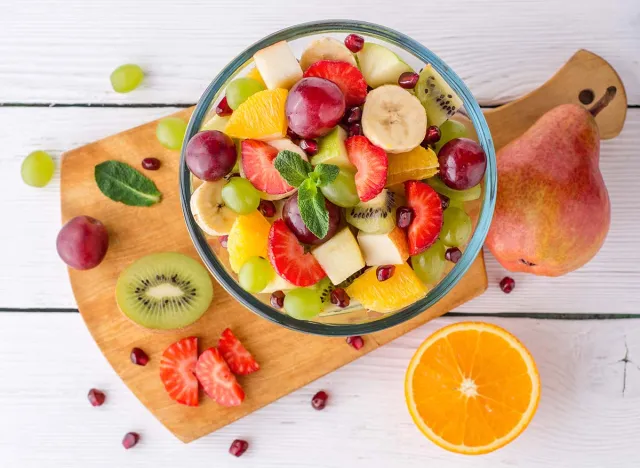
Fresh fruit could become a lot more unaffordable, experts warn. "Even with just the 10% baseline tariff, grocery prices will rise for a number of healthy foods, including olive oil and balsamic vinegar from Italy, bananas and blueberries from Central and South America, and everything from rice and nuts to seafood and spices from Asia," Dr. Monica Gorman, managing director at Crowell Global Advisors, told Food & Wine.
Pepper and Vanilla

The U.S. imports pepper and cinnamon from Asia and vanilla from Madagascar, both of which could become very expensive. "If the higher reciprocal tariffs go into effect in 90 days, the costs to American shoppers will rise precipitously," Gorman says.
Pantry Staples
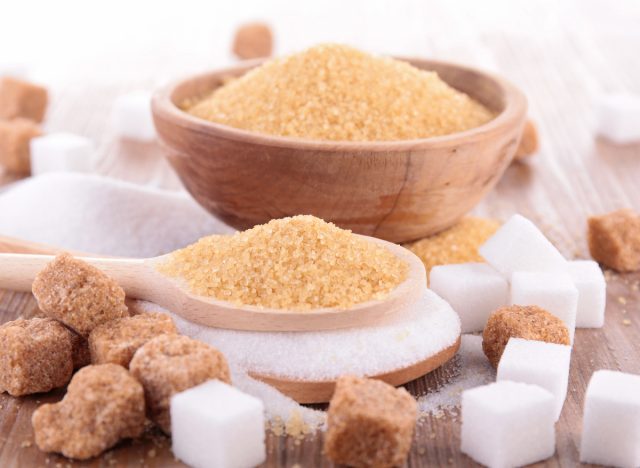
The U.S. also imports a vast quantity of everyday staples from overseas. This includes "milled grain and edible oil, sugar and other sweeteners, vegetables such as avocado, tomato, etc., alcoholic and nonalcoholic beverages, preserved food and vegetables, meat, seafood, bakery products, dairy products, grains (such as fine rice), and oil seeds," Dr. Mohammad Elahee, a professor of International Business at Quinnipiac University, tells Food & Wine.
Seafood
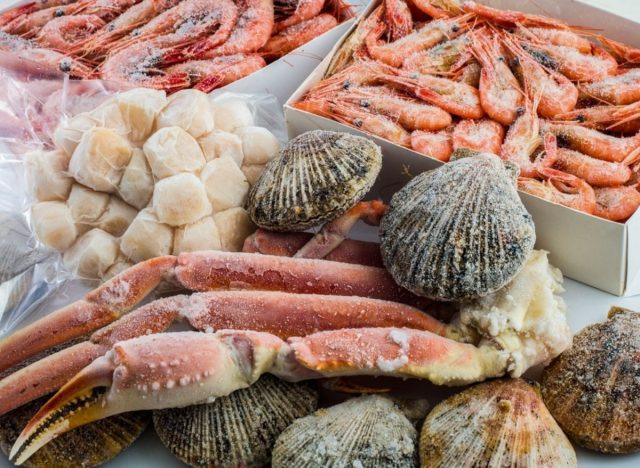
China manufactures a significant amount of frozen seafood and shellfish, which could impact not just the grocery store but restaurants, too. "Tariffs could pose new challenges for restaurant operators," said R.J. Hottovy, head of analytical research at Placer.ai, tells Restaurant Dive. "Additionally, tariffs on key menu items such as seafood, avocados, chocolate, coffee, and spirits could lead to supply disruptions and may force operators to reassess their menu mix in the coming months."
Apple Juice
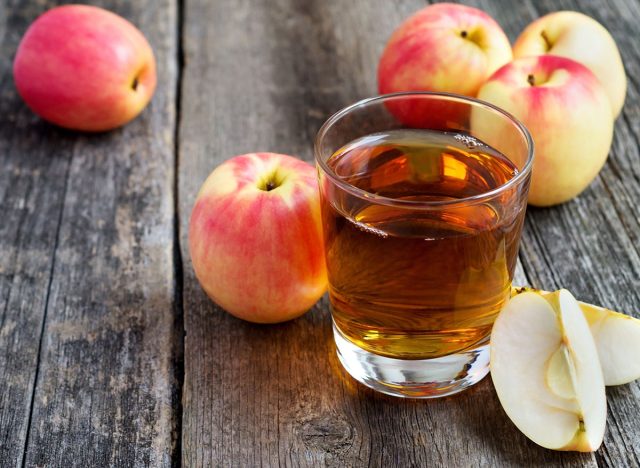
China produces the majority of apple juice and garlic imported into the U.S.. "If we look at what we have to import, whether it's 50% of all of our produce items coming from Mexico, whether it's 40% of our beef and pork coming from Canada, China represents about 90% of global production of garlic, 60% of all of our apple juice in the U.S. we get from China," supermarket expert Phil Lempert told WPTV.
Coffee

The U.S. imports 99% of its coffee from overseas. "Depending upon the form in which coffee is imported, it then takes a number of paths to consumers—such as being stored, cleaned, shipped, roasted, packed, distributed, marketed, prepared, and finally sold to U.S. coffee drinkers, with every $1 in coffee imports generating $43 of value for the U.S. economy," says the National Coffee Association. "The United States' top sources of green coffee beans are Brazil (32%), Colombia (20%), Vietnam (8%), and Honduras (7%)."
Hamburgers
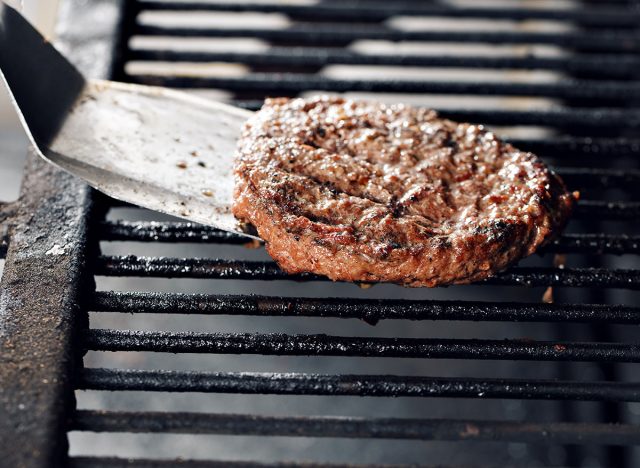
The U.S. imports beef from countries such as Australia and New Zealand. "They are completely reliant on our grass-fed beef and some of our high quality grain-finished beef to meet their requirements of their domestic consumers," Garry Edwards, chair of Cattle Australia, tells Reuters. "I can't imagine that the American consumer is going to like paying more for their burgers or their steaks for the foreseeable future."
Cocoa Beans
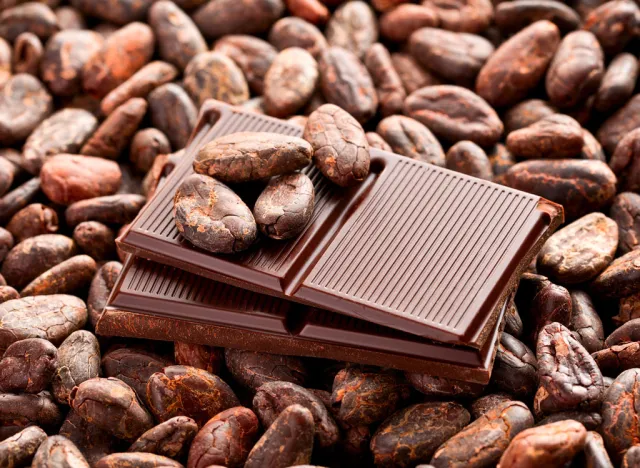
Chocolate could become more expensive, experts warn. "From 2000 to 2023, roughly two-thirds of U.S. imports of cocoa beans came from a few West African countries," says the USDA. "Major cocoa suppliers, including Côte d'Ivoire and Ghana, as well as relatively minor suppliers like Nigeria, Sierra Leone, and Togo, combined to produce 61 percent of the world's cocoa beans in 2023."
Cheese and Wine
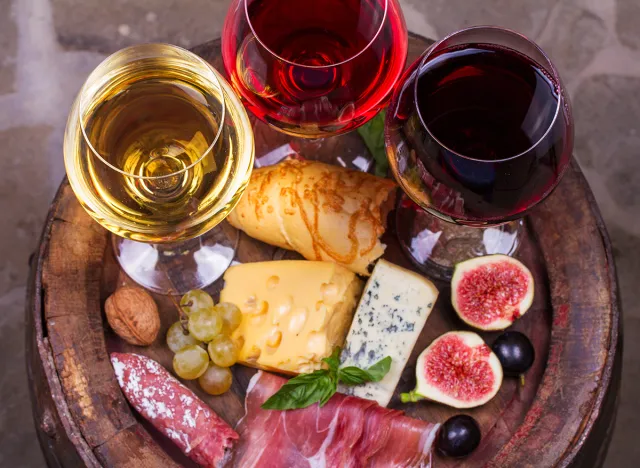
Smaller suppliers and grocery stores may have no choice but to raise prices on imported cheese and wine. "A lot of liquor bottles come from Europe, the cheeses and the pastas, quite a bit. I can't give you a direct answer, but I'd say at least 50%," Chris Tenuta of Milwaukee-based Tenuta's Italian Deli told WISN. "They might hold off a little, but I think it's a big enough factor that it's hard for them to hold off. It's hard for us to hold off. People think there's a large profit in this. You'd be surprised how little it is."
Tomatoes and Onions

Imported items such as guacamole, avocados, tomatoes, and red onions are already going up in price. "We've slowly started already seeing some increases coming our way," Gary Geiser, owner of King's Chef Diner in Colorado Springs, told KOAA. "Whether the tariff from the item coming across the border is already going to get increased, or the local vendor will raise their prices to capture those higher costs, we are definitely feeling it."
Olive Oil
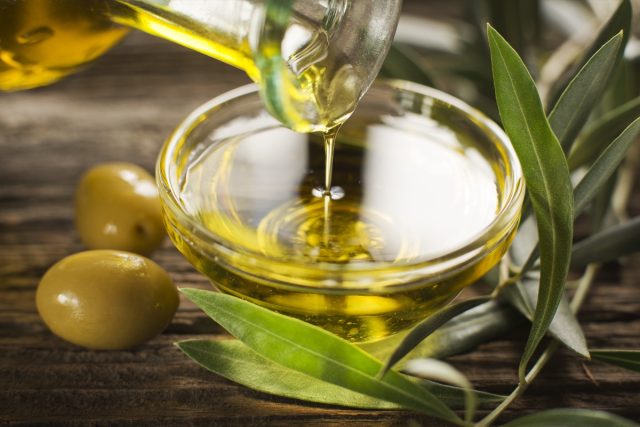
A huge amount of olive oil is produced in Spain, Greece, Tunisia, and Italy, which means imported oils could become more expensive. "While tariffs on some items could be as high as 54% (like those coming from China), some other items would be subject to lower tariffs of 20% (like wine and olive oil from Spain or Italy) or 10% tariffs (like chocolate and whiskey from the United Kingdom, coffee from Latin America, and beef from Australia), unless new tariffs are imposed on those countries," Dr. Elahee says.









